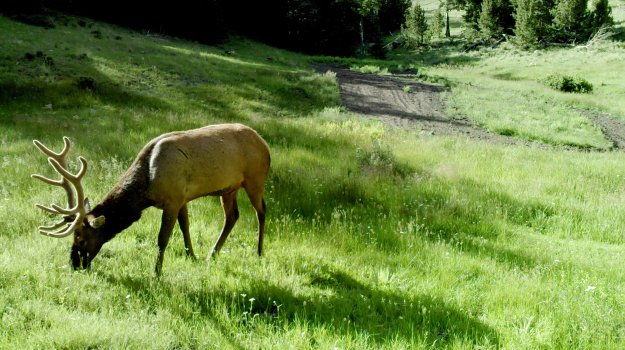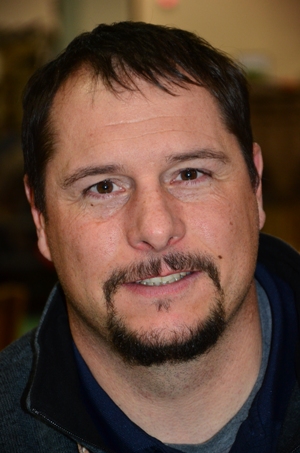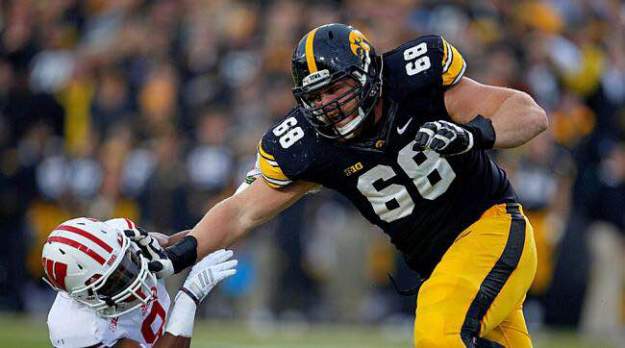
Editor’s Note: Mike Miller is a Mossy Oak Pro Staffer, who lives in Canon City, Colorado, and has been hunting for elk for 15 years. Currently he’s an elk guide for Loco Mountain Outfitters in Cotopaxi, Colorado, on public and private lands.
I start about week or two before the hunt, calling people I will be hunting with and reminding them to get as much sleep as they can before they arrive. Most of the time our hunters are so excited about participating in the hunt that I review what each hunter needs to pack for equipment and learn whether he or she is driving or flying in, and where he can buy an elk license, if he doesn’t already have one. I try to answer any of their questions like, “Are you seeing any elk? “ Are you seeing any big bulls? “What is the hunt going to be like?”
 I begin in June driving the property where we’ll be hunting later, putting out trail cameras and checking them to see what kinds of bulls are using the areas I plan to hunt. I go over all the road accesses to learn how we can get in and out of these properties and look at the locks on the private-land gates. I am often asked if I have problems with people stealing my trail cameras on the public-hunting lands. However, I generally don’t. I try to go deeper into the mountains than most public-land hunters will go, and I use very-small trail cameras. Some of my trail cameras are so small that once I have attached them, you will never see them - even looking straight at them. I can put small trail cameras in my backpack and carry them into an area that I’m hunting. Then if I find a good bedding area, a wallow or springs, I’ll put out trail cameras to mark those exact spots with my hand-held GPS receiver and return in a couple of weeks to those cameras and check out the photos they’re taking.
I begin in June driving the property where we’ll be hunting later, putting out trail cameras and checking them to see what kinds of bulls are using the areas I plan to hunt. I go over all the road accesses to learn how we can get in and out of these properties and look at the locks on the private-land gates. I am often asked if I have problems with people stealing my trail cameras on the public-hunting lands. However, I generally don’t. I try to go deeper into the mountains than most public-land hunters will go, and I use very-small trail cameras. Some of my trail cameras are so small that once I have attached them, you will never see them - even looking straight at them. I can put small trail cameras in my backpack and carry them into an area that I’m hunting. Then if I find a good bedding area, a wallow or springs, I’ll put out trail cameras to mark those exact spots with my hand-held GPS receiver and return in a couple of weeks to those cameras and check out the photos they’re taking.
One of the problems with early-season hunting is that much of our public lands in Colorado have people on them who like to go backpacking, hiking and camping, and those activities change the movement status of the elk. But by going farther than most people want to walk before they camp, and by putting the cameras in difficult places to reach, I often can find more elk than anyone else before and during the season. I realize not every place I put out trail cameras will produce a pictures of bull elk. If I have five trail cameras out in productive-looking spots, I expect to get picture of bulls on at least three or four of those cameras. As we get closer to opening day, I will check my trail cameras more often. If I locate a good bull elk somewhere, I may put out more trail cameras, several days to a week before the hunt.
Tomorrow: Colorado’s Mike Miller’s Best Opening Day Bull Elk



























